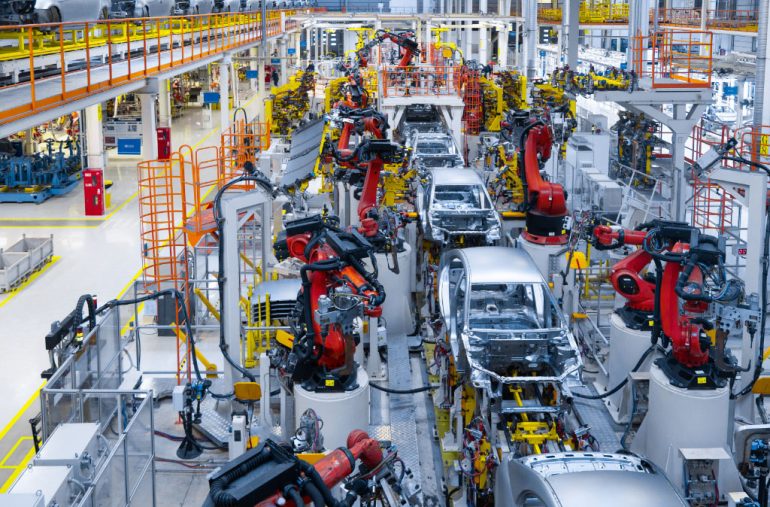U.S. Auto Business Braces for a Main Slowdown Amid Tariff Fallout : Automotive Addicts
Automotive

The American auto market could also be approaching its most vital downturn because the COVID-19 pandemic, and it’s not simply because fewer persons are strolling into showrooms. A mixture of shifting worldwide commerce insurance policies and provide chain dependencies is poised to set off a noticeable decline in automobile manufacturing and gross sales, with ripple results that would reshape the automotive panorama effectively into 2025.
One of the crucial speedy impacts is the potential disappearance or delay of much-anticipated new fashions just like the Kia K4 and the next-generation Hyundai Palisade. That’s as a result of analysts predict that international automobile manufacturing might drop by greater than 1.55 million models subsequent 12 months. In accordance with S&P International Mobility, complete new automobile manufacturing would possibly cap off at round 87.91 million models by the top of 2025, representing a 2 p.c decline from this 12 months. Whereas which will sound marginal, it might mark the second consecutive annual drop and probably the most pronounced droop because the pandemic introduced the business to a close to standstill in early 2020.
What’s inflicting the slowdown? A major piece of the puzzle is the latest imposition of auto tariffs by the Trump administration. In April, a 25 p.c tax was levied on all automobiles and auto elements not manufactured inside the U.S. The consequence has been a direct shift in how overseas automakers do enterprise with America. Corporations like Audi, Aston Martin, Land Rover, Bentley, and Polestar — all of which primarily construct their automobiles abroad — have began throttling again U.S. imports. As a substitute, they’re leaning on current stateside stock and reevaluating their long-term methods.
To place issues in perspective, Japan alone exports about 1.4 million automobiles to North America yearly. The projected 1.55 million automobile shortfall might primarily wipe out that complete pipeline, with broad penalties for shoppers, dealerships, and the aftermarket business.
In response, the U.S. authorities has championed a push for elevated home manufacturing. Automakers resembling Volvo, Honda, Mercedes-Benz, and Nissan have all indicated plans to ramp up their U.S.-based manufacturing and even open new North American amenities. Nissan, for example, confirmed that it’ll construct the Rogue within the U.S. going ahead. Nevertheless, these are long-term options, and as business insiders acknowledge, it might take years earlier than they bear fruit.
The irony, in fact, is that constructing extra automobiles in America doesn’t essentially make them cheaper. Round half of all automobiles offered within the U.S. are imports, and even American-made automobiles typically rely closely on imported elements — typically as a lot as 60 p.c. Whereas latest strikes to ease taxes on metal and aluminum assist soften the blow, the truth is that tariffs and rising labor prices might make U.S.-built automobiles dearer than their imported counterparts, not much less.
After which there’s the human price. A downturn in manufacturing and gross sales isn’t simply an business stat; it straight impacts the workforce. S&P International predicts that U.S. gross sales might decline by as a lot as 3 p.c this 12 months, in lockstep with the projected 9 p.c drop in North American automobile output. That form of contraction inevitably results in job cuts. Living proof: shortly after the tariffs had been launched, Stellantis introduced short-term layoffs affecting 900 employees at 5 U.S. amenities, whereas halting manufacturing at two crops in Mexico and Canada. The transfer adopted a steep 14 p.c year-over-year drop in Q1 gross sales.
As automakers, suppliers, and policymakers navigate this new terrain, the approaching months might show pivotal. Whether or not by way of renegotiated commerce phrases, speedy home scaling, or strategic partnerships, the automotive business might want to adapt shortly to keep away from the sort of extended droop that leaves lasting harm. For now, consumers ready for his or her subsequent automotive would possibly discover fewer choices on seller tons, and better value tags on those that stay.
FOLLOW US TODAY:






